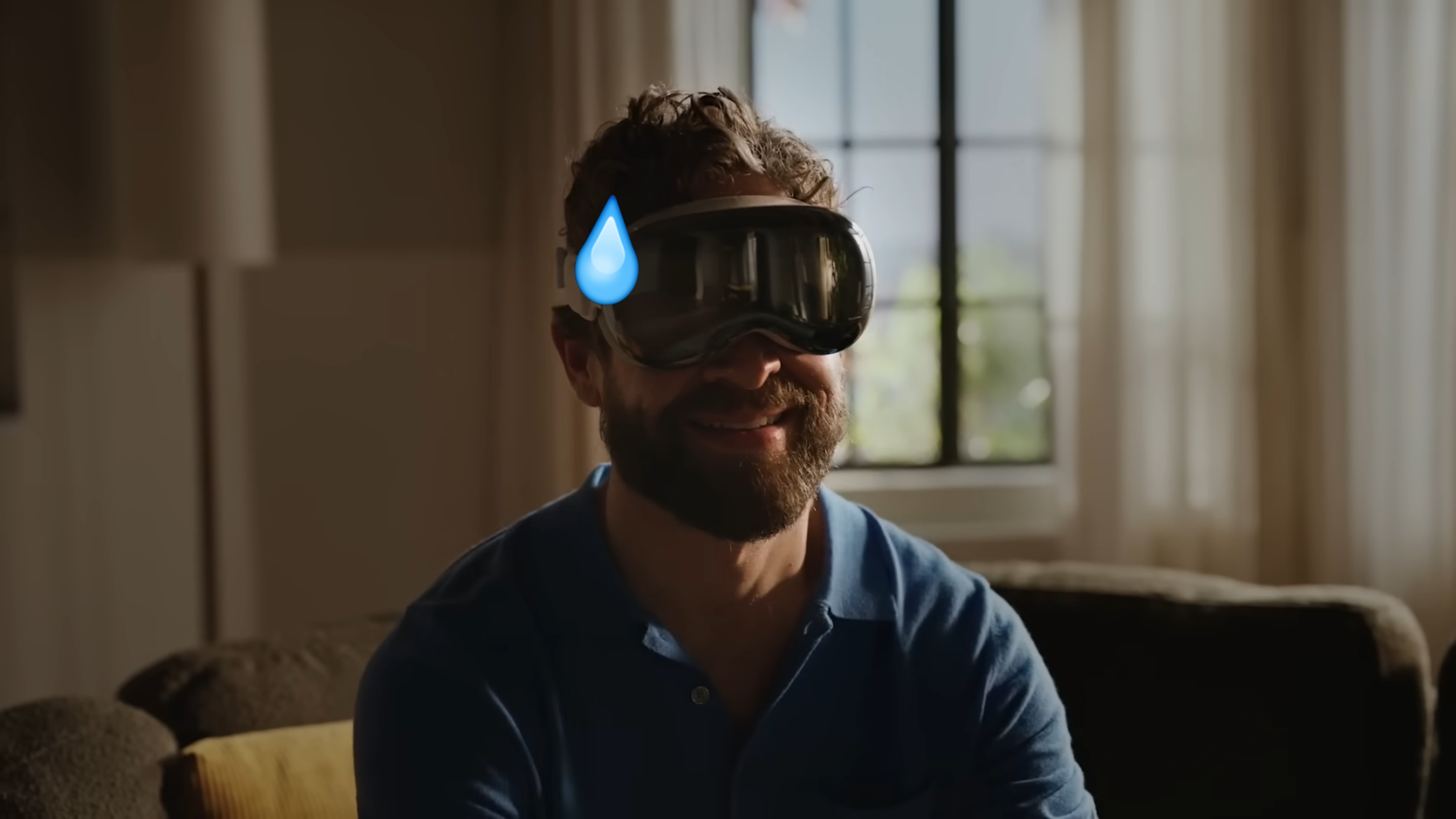By embarking on mixed realityApple will not escape the problems caused by this type of technology.
The apple brand nevertheless seems determined to provide concrete and unprecedented solutions.
Apple Vision Pro’s R1 chip will reduce the feeling of Motion Sickness
In just a few months, the firm headed by Tim Cook will officially take its first steps into mixed reality with a device it describes as a space computer: the Apple Vision Pro. If the product has been particularly talked about since its announcement, due to an immersive technology and a strategy that can be perplexing, many question marks still hover over people’s heads. In particular, what about eye fatigue and motion sickness?
You are aware that the Apple Vision Pro will be equipped, in addition to the M2 chip that we know, with a brand new R1 chip. The latter will have the main mission of managing the sensors and cameras on board the helmet, in order to ensure precise monitoring of the head, eyes or hands. Therefore, this new processor will significantly limit latency once the device is screwed on the head. According to Apple, the R1 chip would deliver images to the helmet screens in 12 milliseconds, eight times faster than the blink of an eye. What limit the feeling of Motion Sickness? Anyway, that’s the promise.
Apple is thinking of a new way to save your eyes from fatigue
The issue of Motion Sickness having been partially resolved, there now remains the question of eye fatigue. This can occur in particular when the brain receives information disturbed by the movements carried out in reality and the images returned in the virtual environment. As we rightly remind 9to5Macthis phenomenon is known as VAC (for Vergence-accommodation conflict) and occurs when the brain thinks that an object is at a certain distance when the screens are actually close to the eyes.
To overcome this problem of illusion linked to distance, or at least limit its consequences, Apple would have started to consider a solution. In a patent filed by the Californian, whose description is moreover particularly nebulous for ordinary mortals, we learn that by modifying the combinations of screens and lenses, it would be possible to change the way in which the images are perceived by the human eye.
Now we just have to find out how the Cupertino company will manage to make its ideas a reality. For now, we unfortunately do not know which ones will be implemented in the Vision Pro and which ones will eventually be abandoned. After all, when it comes to VAC, it’s all about patents…
Source : 9to5Mac

3